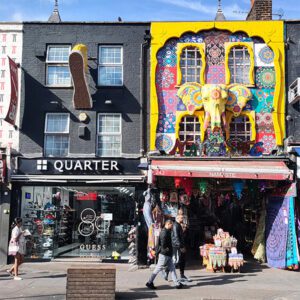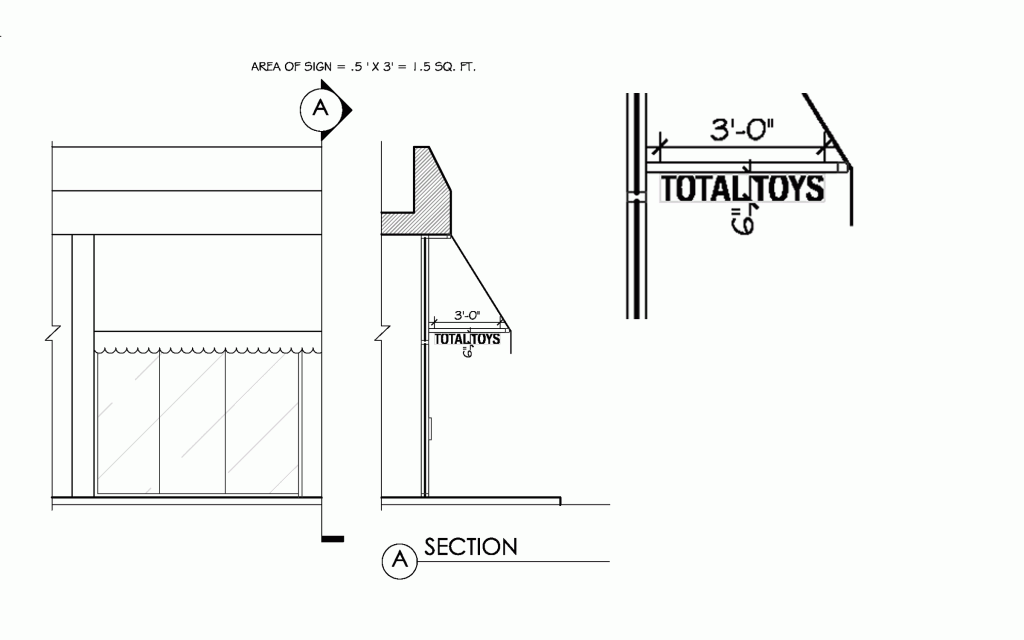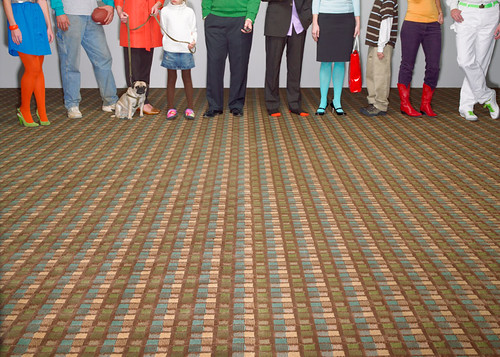
WELCOME TO
INSIGHTS: A DISCUSSION ABOUT “PUBLIC SPACE” DESIGN
Gaddis Architect specializes in all phases of commercial and commercial retail design, design management and construction. If maximizing the success of your business by optimizing the performance of your store, or commercial space design is a goal, then attending the following “Insights” could provide some very real benefits. Many common, and some not so common, design challenges are analyzed. Solutions aimed at increasing retail traffic, creating visual presence in various environments, and expressing not only a particular shopping experience but also the business’s brand, are presented. We think that all design is, on some level at least, retail design. Please scroll on, start a dialogue, contact us anytime.
Think “LA Ink”

Leading, of course, to the question; is this art or a sign, and what constitutes a sign? Surely the “Alexandria Board of Architectural Review” would not issue a “Certificate of Appropriateness” for such an installation. Is one required, though, if the only alteration is to paint a building? My research says this is legal, my experience says not. In lieu of further investigation just, think LA Ink.
The area of a sign in Alexandria, VA
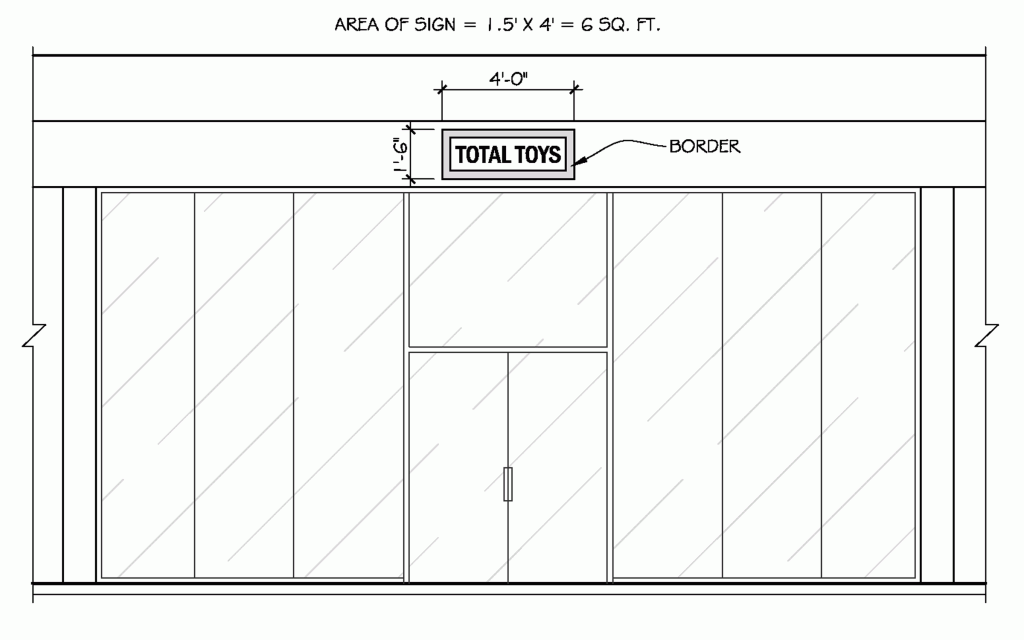
ARTICLE IX, 9-106 (A) THE AREA OF A SIGN, OR ANY PORTION THEREOF, HAVING A DISTINCTIVE OR ORNAMENTAL BORDER SHALL INCLUDE BOTH THE AREA ENCLOSED BY THE BORDER, AND THE AREA ENCLOSED WITHIN THE BORDER.
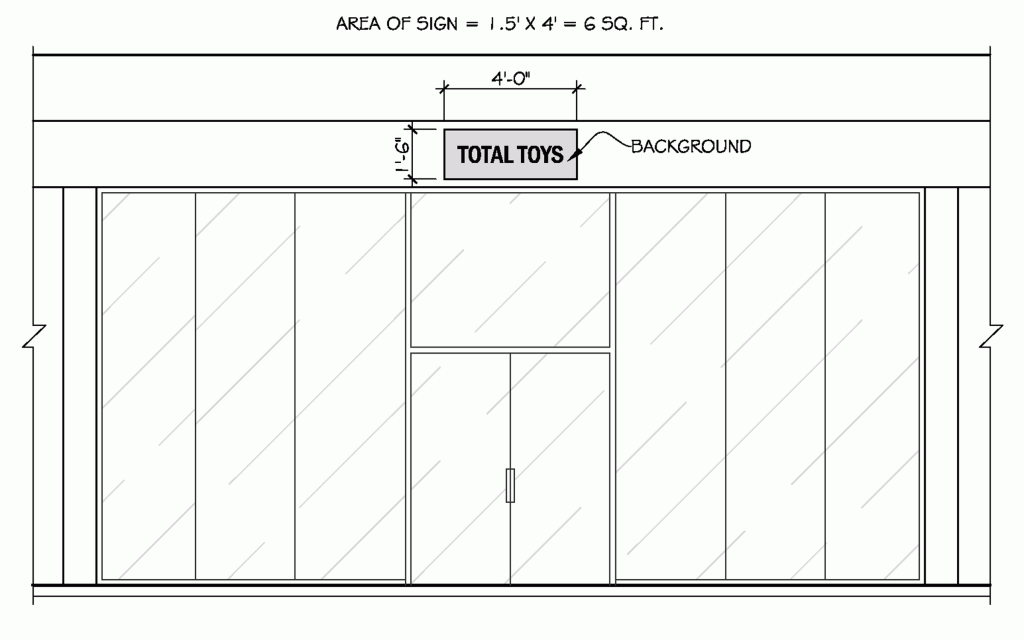
ARTICLE IX, 9-106 (B) THE AREA OF A SIGN, OR ANY PORTION THEREOF, HAVING A DISTINCTIVE OR ORNAMENTAL BACKGROUND, WHICH SETS THE BACKGROUND APART FROM A LARGER SURFACE SO THAT IT FORMS AN INTEGRAL PART OR ELEMENT OF THE SIGN, SHALL INCLUDE THE AREA OF THE BACKGROUND.
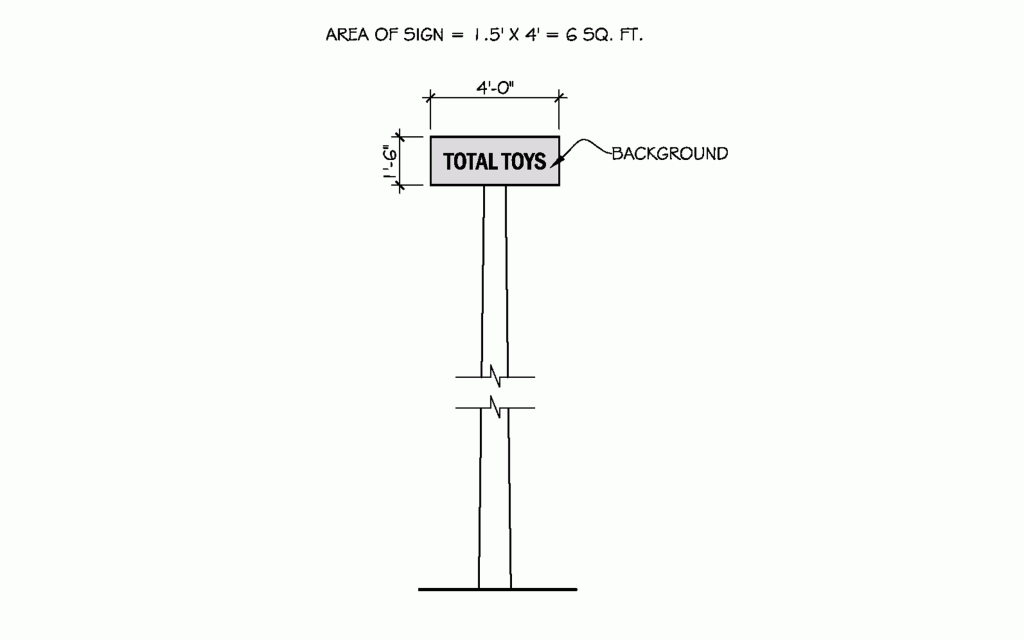
ARTICLE IX, 9-106 (C) THE AREA OF A FREESTANDING SIGN, OR ANY PORTION THEREOF, HAVING A BACKGROUND WHICH EXTENDS BEYOND THE WORDS, SYMBOLS OR PICTORIAL ELEMENTS THEREOF SHALL INCLUDE THE AREA OF THE BACKGROUND.

ARTICLE IX, 9-106 (D) IF ANY PORTION OF THE WORDS, SYMBOLS OR PICTORIAL ELEMENTS OF A SIGN EXTENDS BEYOND A BORDER OR BACKGROUND, THE AREA OF THAT PORTION OF THE SIGN SHALL BE THE AREA OF A RECTANGLE INSCRIBED AROUND IT.
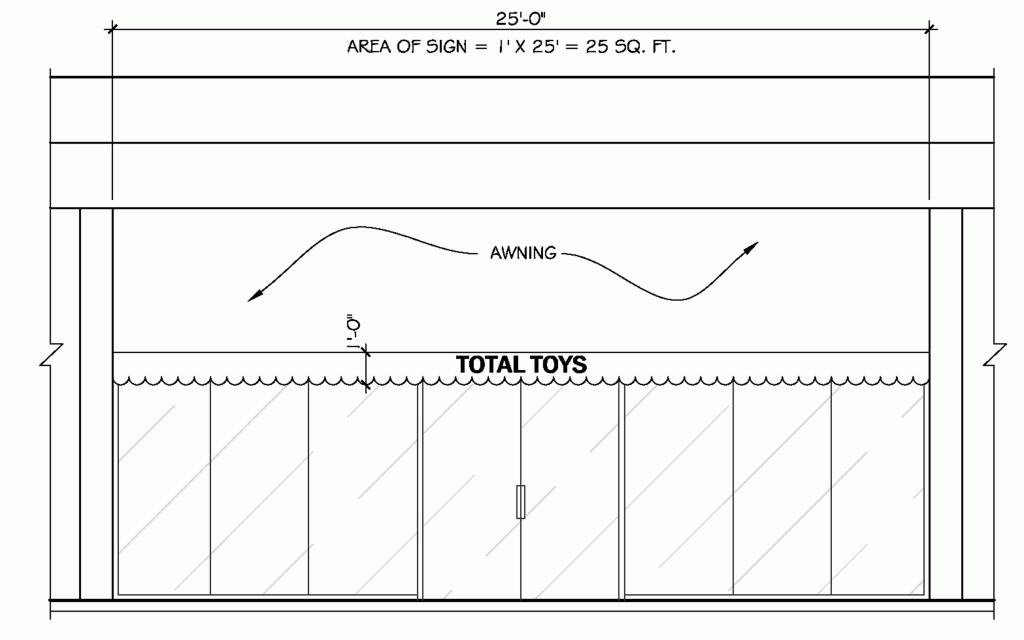
ARTICLE IX, 9-106 (E) THE AREA OF A MARQUEE OR AWNING, OR ANY PANEL THEREOF, WHICH PROVIDES A BACKGROUND FOR A SIGN SHALL BE INCLUDED IN THE AREA OF THE SIGN.
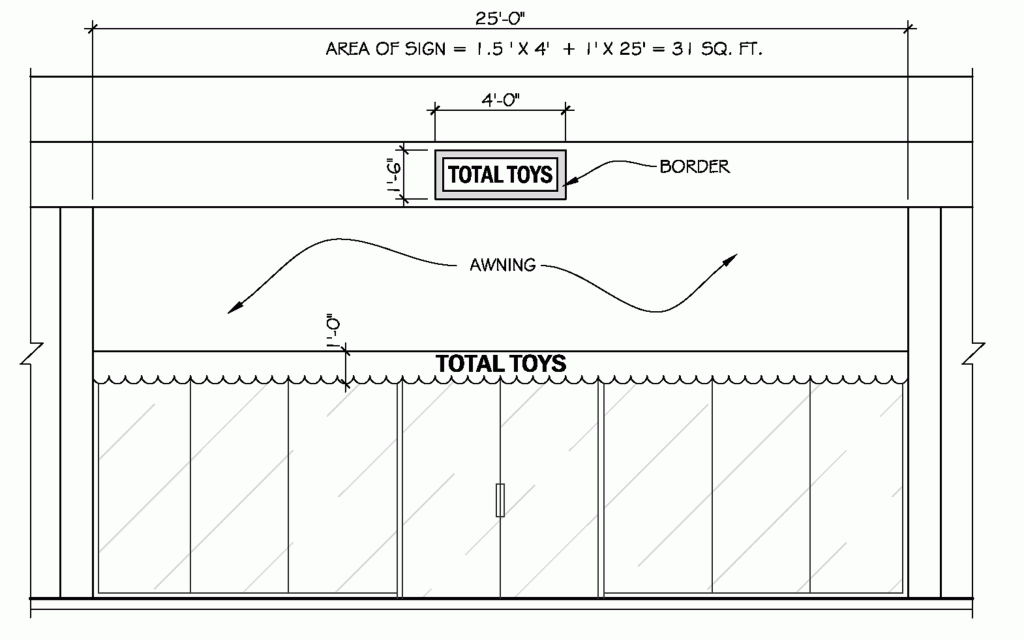
ARTICLE IX, 9-106 (F) THE AREA OF ANY SIGN HUNG, PLACED, PAINTED OR DISPLAYED ON A MARQUEE OR AWNING SHALL BE INCLUDED IN DETERMINING THE TOTAL AREA OF SIGNS ERECTED OR DISPLAYED.
Whether you are a new business or retailer or just looking to give your place a face lift, this post will help you figure out how Zoning and Planning in the City of Alexandria calculates the area of a sign. Here is a link to the code. Also this is not the same as allow-ability which is covered in other sections of the code. Happy planning and I hope it helps.
The Power of Visual Attraction
I am posting the image above because I want to analyze its huge power of attraction and demonstrate how to apply the technique to a retail store concept design. It is important to understand that this is a 2 dimensional image made to look like 3. If you were to see the floor as it appears to a person standing in the photo it would consist of parallel rather that converging lines. In order to get the same affect in a real built environment it would be necessary to design the pattern so that it actually converges toward a single point somewhere on an imaginary horizon, as per a one point perspective, which is exactly what is happening in the sketch below, albeit on the ceiling instead of the floor. This trick works really well for specialty shops in mall environments or for departments in larger format stores that have a stage like setting.

Please excuse my bad sketch, it’s a donut shop.

